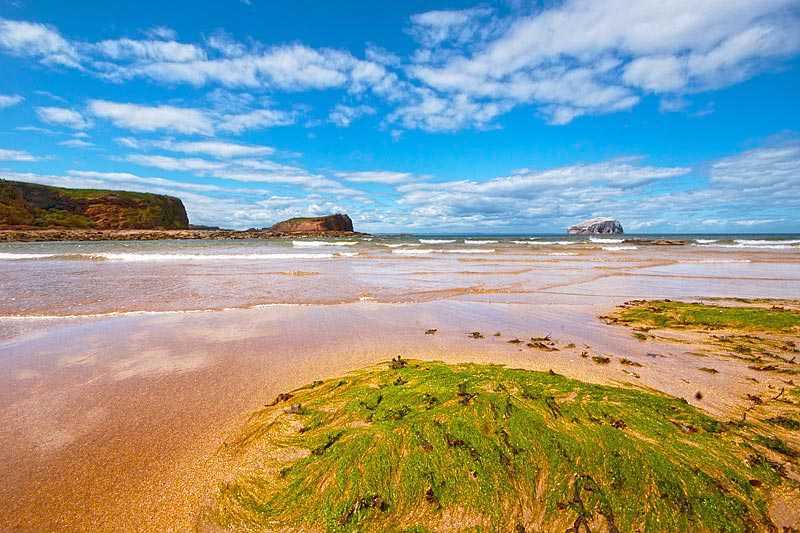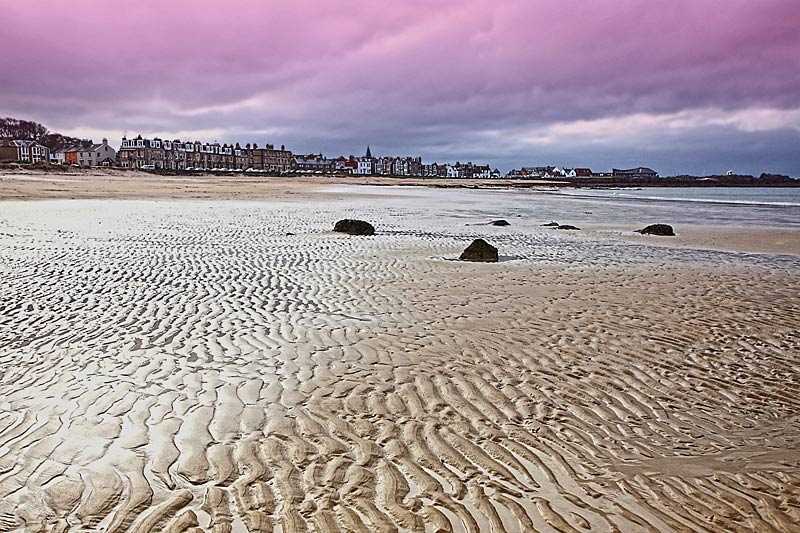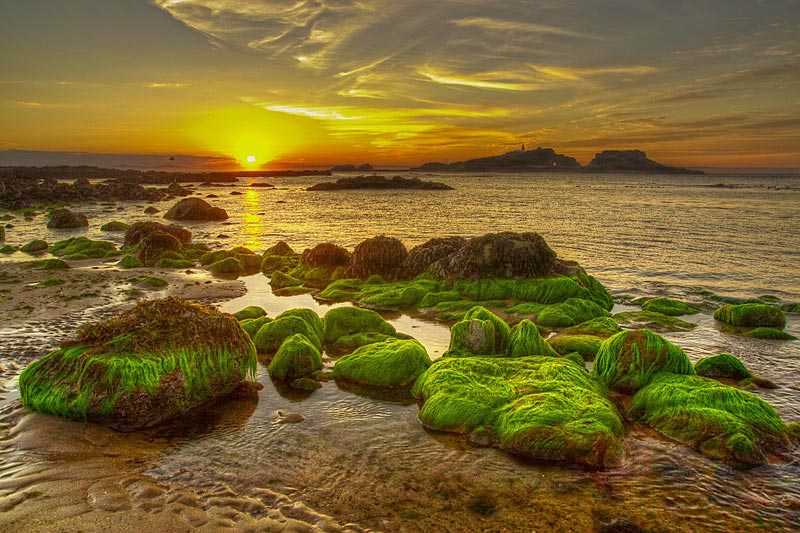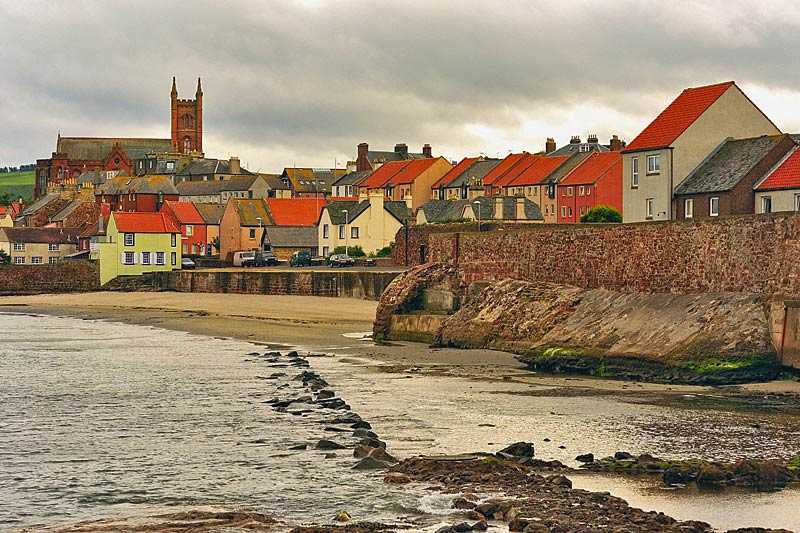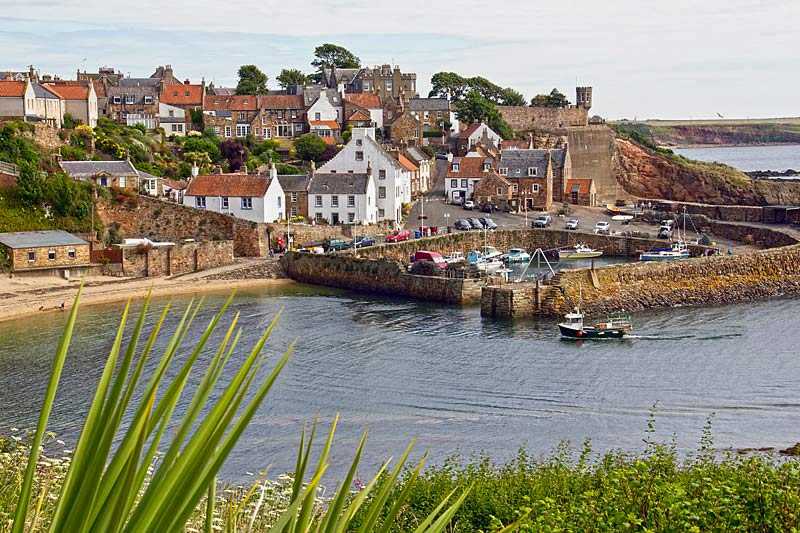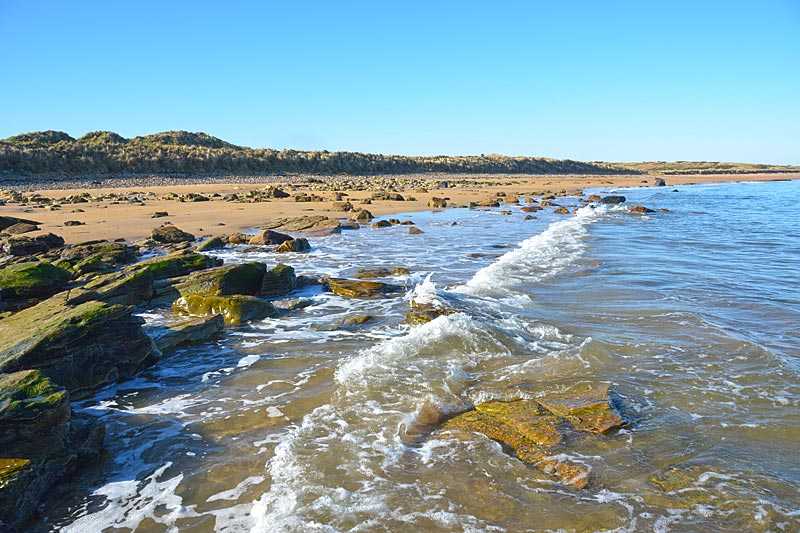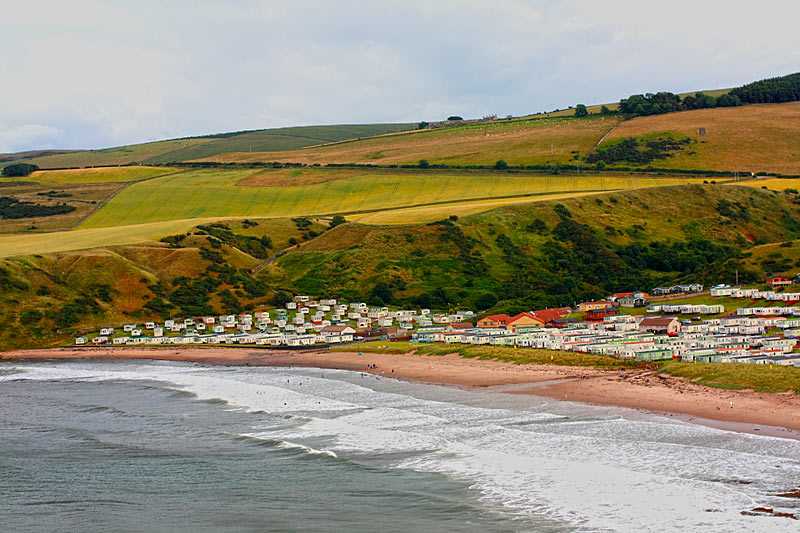Bass Rock, Firth of Forth
About The Bass Rock
The Bass Rock lies about 2 km (1.2 mi) off the North Berwick coast in the outer part of the Firth of Forth in east Scotland. It is an uninhabited steep-sided volcanic...
About The Bass Rock
The Bass Rock lies about 2 km (1.2 mi) off the North Berwick coast in the outer part of the Firth of Forth in east Scotland. It is an uninhabited steep-sided volcanic island, covering around 3 hectares (7 ac) and its highest point is at an elevation of 107 m (351 ft).
It is widely known as the largest single rock gannetry in the world, providing a home to a...
Things to do near Bass Rock, Firth of Forth
Attractions near Bass Rock, Firth of Forth
Activities
About Bass Rock, Firth of Forth
About The Bass Rock
The Bass Rock lies about 2 km (1.2 mi) off the North Berwick coast in the outer part of the Firth of Forth in east Scotland. It is an uninhabited steep-sided volcanic island, covering around 3 hectares (7 ac) and its highest point is at an elevation of 107 m (351 ft).
It is widely known as the largest single rock gannetry in the world, providing a home to an estimated 150,000 gannets at the height of the breeding season as well as supporting colonies of other seabirds such as shags, razorbills, guillemots and puffins. It also provides an important refuge for marine wildlife. Viewed from the mainland in summer, the island appears white – this is due to the density of the bird and their droppings. Only in winter when the gannets have migrated to warmer climates does the rock return to its natural colour again.
The Scottish Seabird Centre organises boat trips around the island from North Berwick from Easter to October, which include a short amount of time on the island itself if weather conditions are good enough to make a landing. The vast bird populations can also be seen from the Scottish Seabird Centre itself via live camera feeds.
